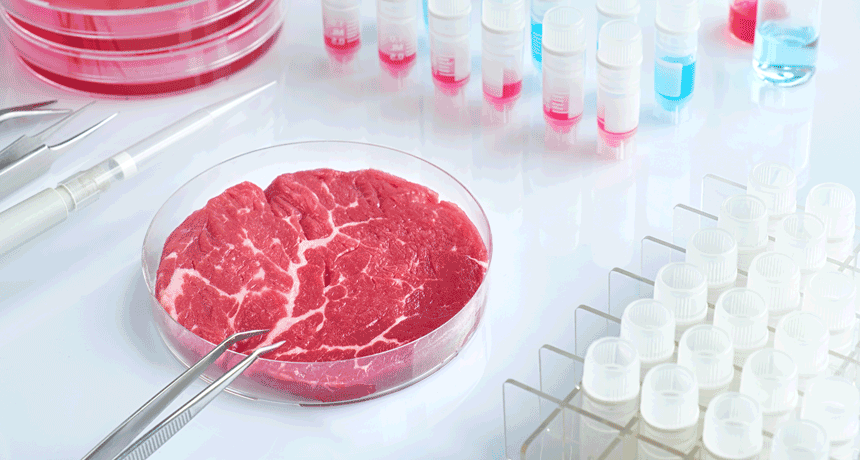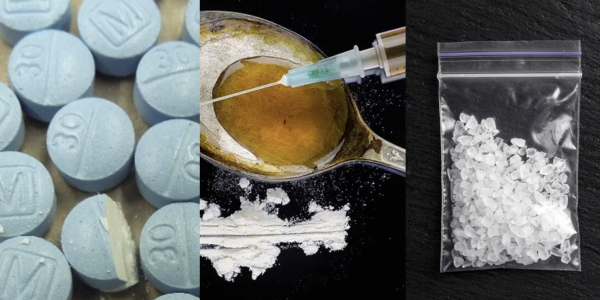A Primer on Lab Grown Meats
In 2013, scientists presented reporters with lab grown burger meat at a London conference. At the time, the burgers cost 330,000 dollars to produce, but within 9 years, the same burger dropped to $9.80 per unit. This increase in efficiency and drop in cost has raised optimism in the future of lab grown meats. However, with burgers at most fast food chains costing under four dollars, there is a long road ahead before lab grown meat becomes viable for commercial use.
Growing meat in a lab first requires harvesting high quality cells from specific animals and then carefully cultivating them in a controlled environment. Similarly to how the cells would divide and multiply in the original animal, under the correct conditions, they will also multiply in a petri dish. The resulting meat has been said to taste the same as meat from other animals and have the same nutritional value. In fact, because of the controlled environment, it may be even safer to consume due to a lack of bacteria or other food borne illnesses. However, even though space is much more efficient in a lab than in a farm, there have to be extraordinarily large bioreactors to make the process efficient. The largest bioreactors are currently 30,000 liters, yet they are still insufficient to be a reliable source of protein.
Lab grown meats could greatly change the future of the meat industry. There has been great concern over the morality of the meat industry, which slaughters 170.5 million animals every year in the United States alone. To increase efficiency in farms, the meat industry has animals, “live in filthy, overcrowded spaces with little or no access to pasture, natural light, or clean air”(Vegetarian ProCon). While there has been recent legislation and movement pushing towards more humane treatment towards farm animals, lab grown meats could negate the need for the animals.
In addition to removing the need for living animals, lab grown meats can “reduce the amount of land, water and other resources that you need to produce meat. If done correctly, it can even lower carbon dioxide emissions”(Forbes). By decreasing the environmental impact of meat, scientists hope that meat production can keep up with the growing world population while simultaneously improving the sustainability of the meat industry.
The United Nations projects that the world population will reach 9.8 billion by 2050 and then climb another 1.5 billion by 2100. Not only that, but the population growth will likely be slanted towards the 47 least developed countries. This means that the current shortage of food in many countries will only be exacerbated in the future. Although traditional farming methods may not be able to raise meat production to sufficient levels, lab grown meat could either supplement or fully take cover the rising demand for food.
The technology for lab grown meats has rapidly improved since its development. This advancement has made many people hopeful for the potential of lab grown meat. While many technological advancements will be necessary before this process is sustainable, the benefits are numerous. Providing a consistent supply of meat to the world, both healthy and humane to animals, lab grown meats could greatly change the food industry in the coming decades.
https://www.cnn.com/2023/03/21/business/lab-grown-meat-fda/index.html
https://www.cbsnews.com/news/good-meat-lab-grown-chicken-safe-to-eat-fda/
https://fortune.com/2023/03/22/lab-grown-chicken-approval-fda/
https://www.cnn.com/2022/11/17/health/fda-lab-meat-cells-scn-wellness/index.html
https://www.un.org/en/desa/world-population-projected-reach-98-billion-2050-and-112-billion-2100
Grade: 10
Years on Staff: 3
Why are you writing for the Flintridge Press?
I've really enjoyed researching and writing for the Flintridge Press...












